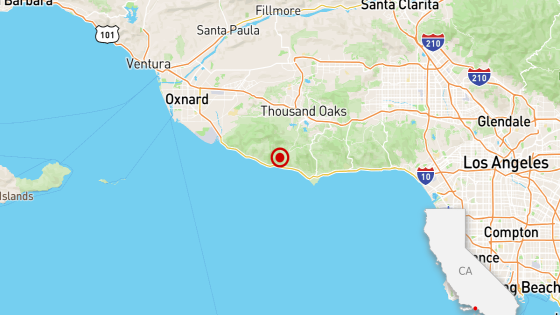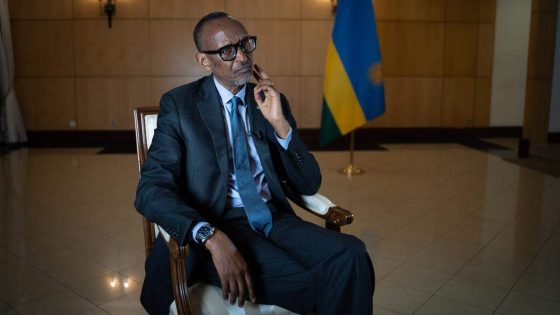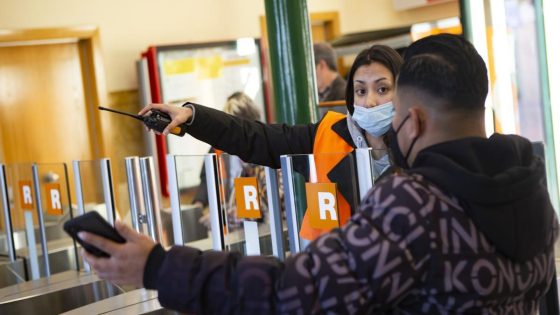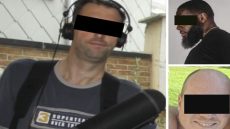MOORESVILLE, Ind. — An 18-year-old high school student, Trinity Shockley, was arrested for allegedly planning a mass shooting at his school on Valentine’s Day. Authorities revealed that Shockley faces charges of conspiracy to commit murder and intimidation, with court records indicating he intended to carry out the attack during lunchtime.
- CONTENT WARNING for graphic information
- Trinity Shockley planned a school shooting
- Motivation linked to admiration for Nikolas Cruz
- Shockley expressed guilt and reconsidered actions
- Evidence found included collages of mass shooters
- Mental health resources were denied by father
Shockley’s motivation stemmed from a desire to impress Nikolas Cruz, the perpetrator of the Parkland shooting. However, he later expressed reluctance due to concerns about consequences and guilt.
In January 2025, investigators uncovered alarming messages exchanged between Shockley and another user on Discord. In these conversations, Shockley indicated he had access to an AR-15 and had been planning the attack for over a year. A tipster alerted authorities about his threats and admiration for past shooters like Nikolas Cruz.
The FBI discovered extensive evidence in Shockley’s bedroom that included collages of notorious mass shooters such as Dylann Roof and Nikolas Cruz. Other items found were AR-15 magazines and protective gear. Notably, three notebooks contained violent imagery and language suggesting harmful intentions.
- Shockley identified specific targets within the school.
- A soft armor vest was located in his home.
- He had expressed feelings of rage online but claimed not to mean them seriously.
During questioning by investigators, Shockley mentioned experiencing a mental breakdown shortly before his arrest due to his mother’s death from a drug overdose. He sought help from school counselors but reported being denied mental health resources by his father who did not believe in treatment options.
This incident highlights ongoing concerns regarding youth violence and mental health issues within educational settings. The case will likely prompt further discussions about preventative measures against potential threats in schools nationwide.
































